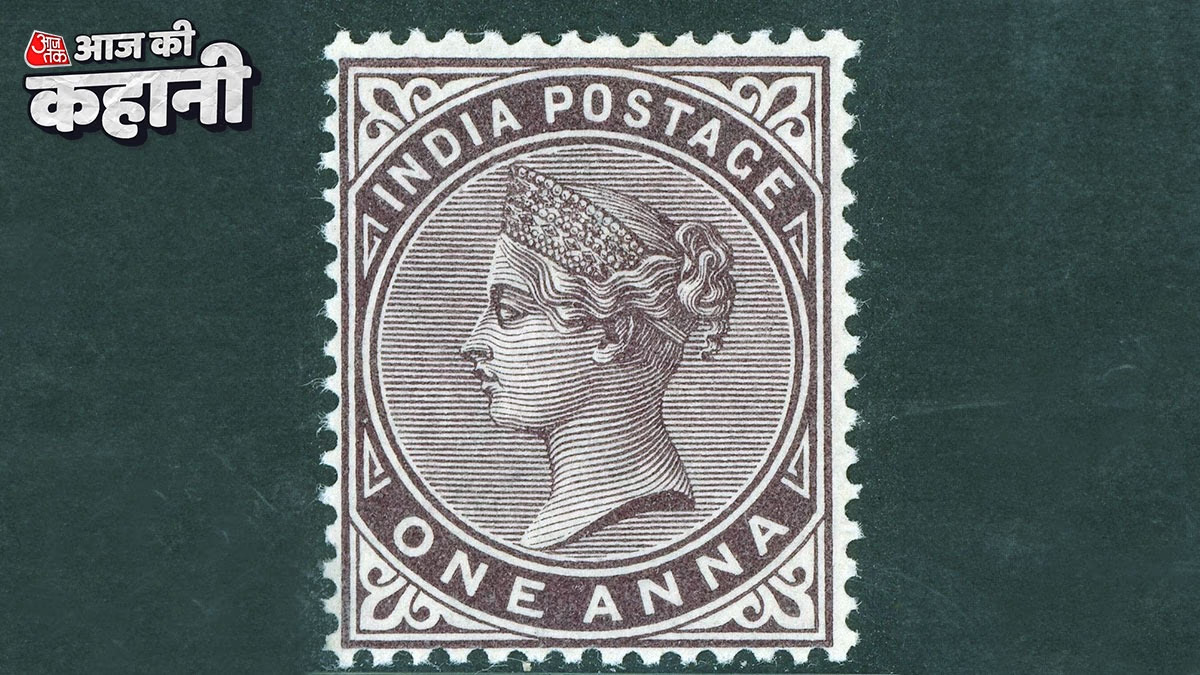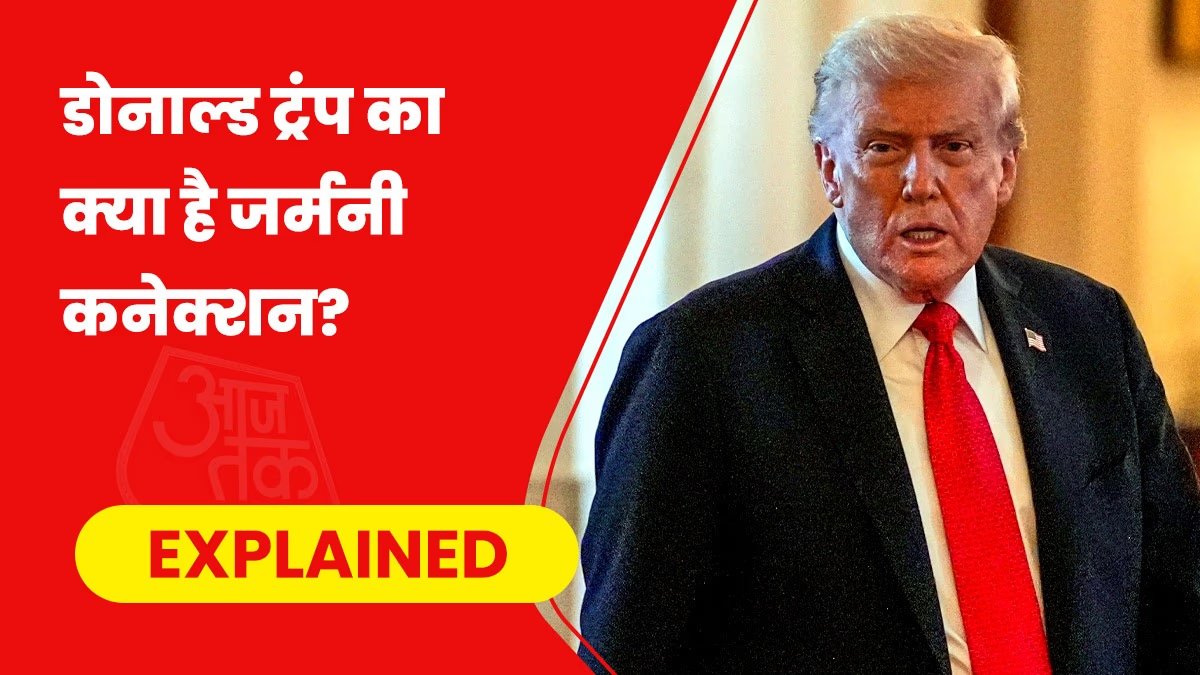Today's story is intertwined with the Indian postal system, a modern-day marvel that has evolved over thousands of years. It was during the British occupation, 170 years ago, that different postal systems operating in various regions were unified, giving rise to a new form of the Indian post. Initially, this postal system served the strategic and commercial interests of the British rulers.
October 1, 1854, is recognized as the establishment day of the Indian postal service. The then Viceroy of India, Lord Dalhousie, centralized it, bringing together 701 postal offices under the East India Company. For the first time in India, a postage stamp was issued on this day, bearing Queen Victoria's name. After India’s independence, our postal system evolved with the needs of the common people in mind.
The Historical Journey of Indian Post
The history of Indian postal services dates back centuries. Before the Mughals' advent into India, Sultan Qutb-ud-din Aibak, during his four-year reign from 1206-1210, established a message courier system. Later, in 1296, Alauddin Khilji expanded this system with postal houses and horse and foot runner services.
Evolving Methods of Message Delivery
Sher Shah Suri (1541-1545) introduced horse riders to replace runners along the Grand Trunk Road for message transportation. He also constructed 1700 'sarais' where two horses were always present for dispatching royal mail. Akbar later included camels alongside horses and runners. In the south, Mysore's ruler Chuck Deve started an efficient postal service in 1672, which Hyder Ali further enhanced.
Then Came the Era of the British...
As colonial powers like the Portuguese, Dutch, French, Danish, and British established dominance, their postal systems coexisted alongside independent states. Thus, the history of Indian postal services is closely tied to the intricacies of India's political past. The East India Company set up the Calcutta Post Office on March 31, 1774.
In later years, the British integrated different native postal systems to form a unified system. They merged the postal systems of over 650 princely states, regional postal services, and private landlords into the main British postal network.
Postal Service Initiated for Trade Benefits
It was Lord Clive who first established a postal system in 1766, further strengthened by Warren Hastings in 1774. He founded the General Post Office in Calcutta, overseen by a Chief Postmaster. Postal services in Madras and Bombay started in 1786 and 1793, respectively, with the Postal Act of 1837 standardizing the entire system.
The Formulation of the Indian Postal Department
In 1850, a comprehensive analysis of postal operations was conducted in India. Uniform postal rates based solely on weight were introduced, replacing the previous weight and distance-based tariffs. Based on the report's recommendations, the Indian Postal Act of 1854 was enacted, leading to the establishment of the Indian Postal Department on October 1, 1854.
India's Tryst with the Postage Stamp
India's first postage stamp appeared in 1852, and by the official establishment of the Indian Postal Department on October 1, 1854, a stamp featuring Queen Victoria was released. Before independence, these stamps bore British motifs. Post-independence stamps began showcasing India's glorious stories.
Significant Events Happening Today
On October 1, 1949, the Communist Party rule began in China with the proclamation of the People's Republic of China by General Mao Zedong.
October 1, 1847, marks the birth of Annie Besant in London - a renowned social activist, writer, and freedom fighter.
October 1, 1919, heralds the birth of the famous Indian lyricist Majrooh Sultanpuri.
The 39th U.S. President, Jimmy Carter, was born on October 1, 1924.
International Day of Older Persons is celebrated on October 1.




